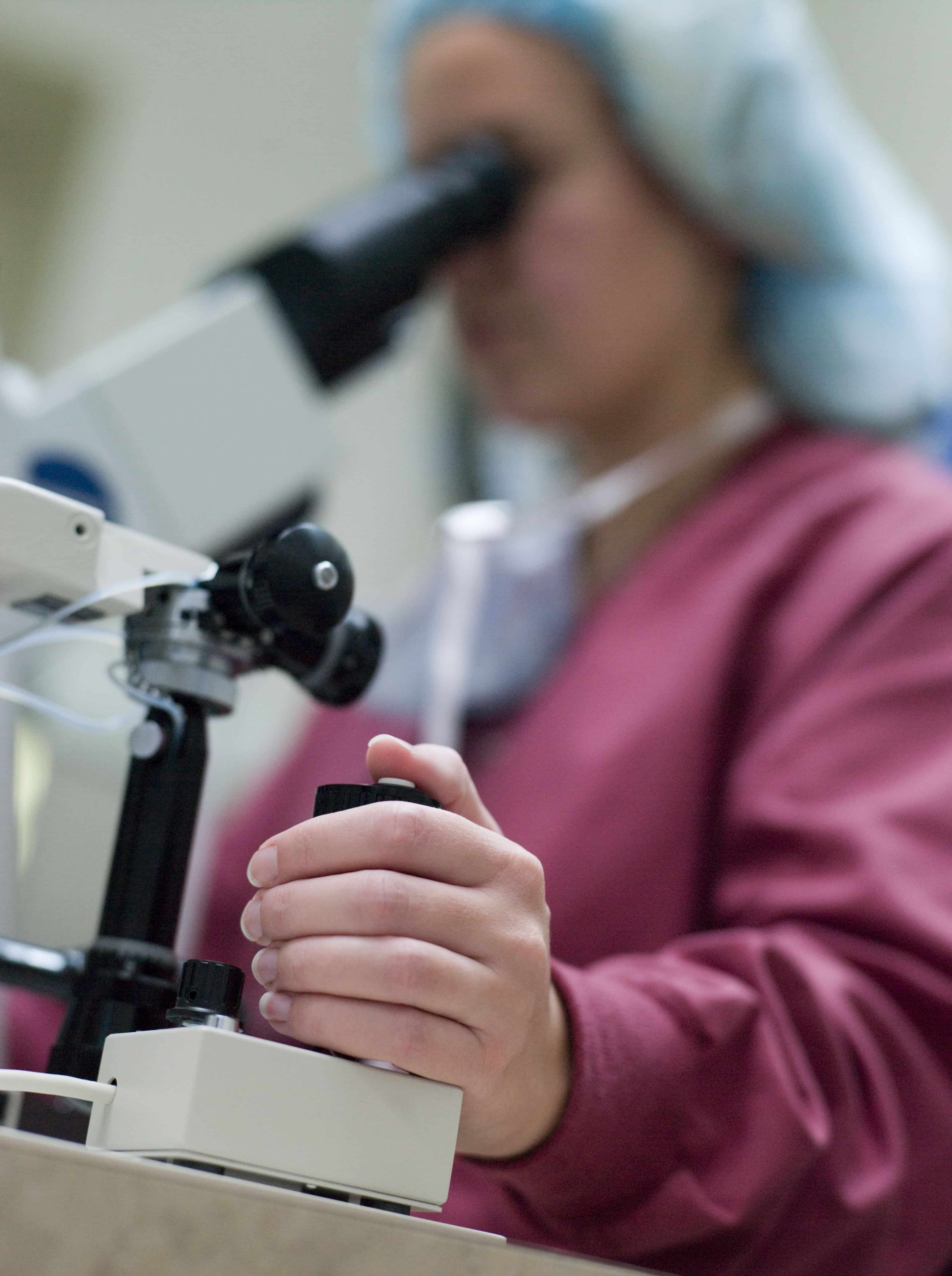Where is Cyprus?
Cyprus is an island country located in the Mediterranean. It is right underneath Turkey, with the capital city Nicosia. The coast of Cyprus is surrounded by the Mediterranean Sea.
 What is the Difference Between North Cyprus and South Cyprus?
What is the Difference Between North Cyprus and South Cyprus?
North Cyprus is governed by Turkey, and South Cyprus is governed by Greece. A border separates the two nations. In the North, the currency used in Turkish Lira, and in the South, Euros are used.
 Is North Cyprus a Part of Turkey?
Is North Cyprus a Part of Turkey?
North Cyprus is culturally Turkish in many aspects, including the language, food, music, and other influences.
Is South Cyprus a Part of Greece?
South Cyprus is also culturally Greece, and is a part of the EU. The majority of people living there are ethnically Greek.
Do I Need a Visa for North Cyprus?
In the Turkish Republic of North Cyprus, foreigners may stay without a visa for up to 90 days. This makes tourists easily able to come and vacation on the beautiful island. Cyprus takes pride in its excellent hospitality for visitors.
Do I Need a Visa for South Cyprus?
South Cyprus is a part of the European Union, and for tourists they may require a travel visa, depending which country you are visiting from. For three months, EU and British citizens may enter without a visa requirement.
What is Cyprus known for? How is Cyprus famous?
Cyprus is one of the safest places to vacation in Europe, especially for families containing young children. There are large water parks, five star resorts with beautiful beaches, casinos, and water sports that people can experience for entertainment.
The weather in Cyprus is clear and sunny for the majority of the year. During the summer months, Cyprus is very warm, and cooling off by swimming in the crystal clear Mediterranean sea is a well-loved activity.
Cyprus is also famous for its fresh and delicious Halloumi cheese, made from the local goat and sheep’s milk. This special delicacy is shipped around the world.
What is the History of Cyprus?
The island country of Cyprus has a rich, long history, dating back to the Old Stone Age, due to how well it is situated geographically, being completely surrounded by the abundant Mediterranean sea.
Many civilizations including the Romans occupied Cyprus. To this day, you can visit the Salamis Ancient City and Salamis Ruins in Famagusta, though the majority has been buried underground.
Cyprus from 1925 to 1960 was a Crown colony of the British Empire, though it became liberated as the Republic of Cyprus that year in 1960. In 1983, the Turkish Cypriot state also declared independence of the Northern part of the island and called it the Turkish Republic of Northern Cyprus.
What Languages are Spoken in Cyprus?
In North Cyprus, predominantly Turkish is spoken due to the large population of Turkish-Cypriots in this part of the island. In South Cyprus, Greek is the dominant language that is spoken. However, most of both populations can communicate clearly in English, due to the large number of British and other English-speaking citizens that visit Cyprus each year.


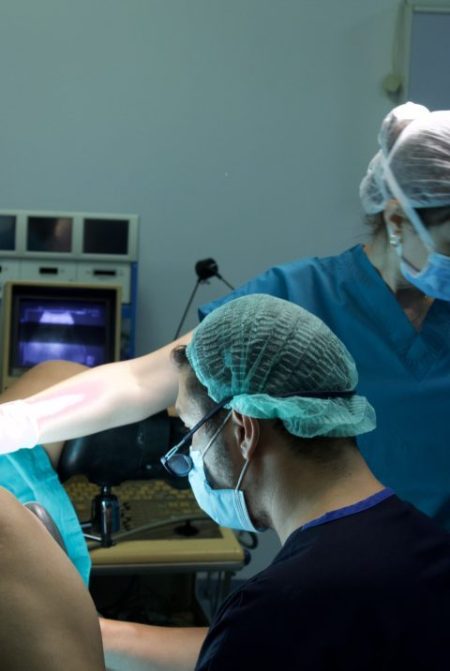
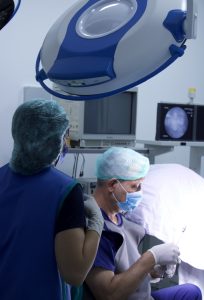 Dr. HIT preparing to insert the hysteroscope inside the cervix. The screen that reflects the instrument’s camera view can be seen in the back.
Dr. HIT preparing to insert the hysteroscope inside the cervix. The screen that reflects the instrument’s camera view can be seen in the back.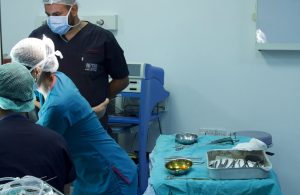
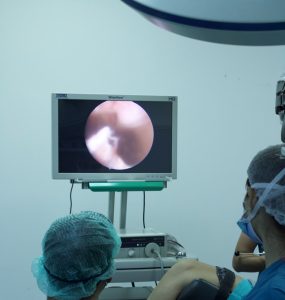 Dr. Erman being guided by the monitor as the hysteroscope moves around the uterus to identify any abnormalities.
Dr. Erman being guided by the monitor as the hysteroscope moves around the uterus to identify any abnormalities.


